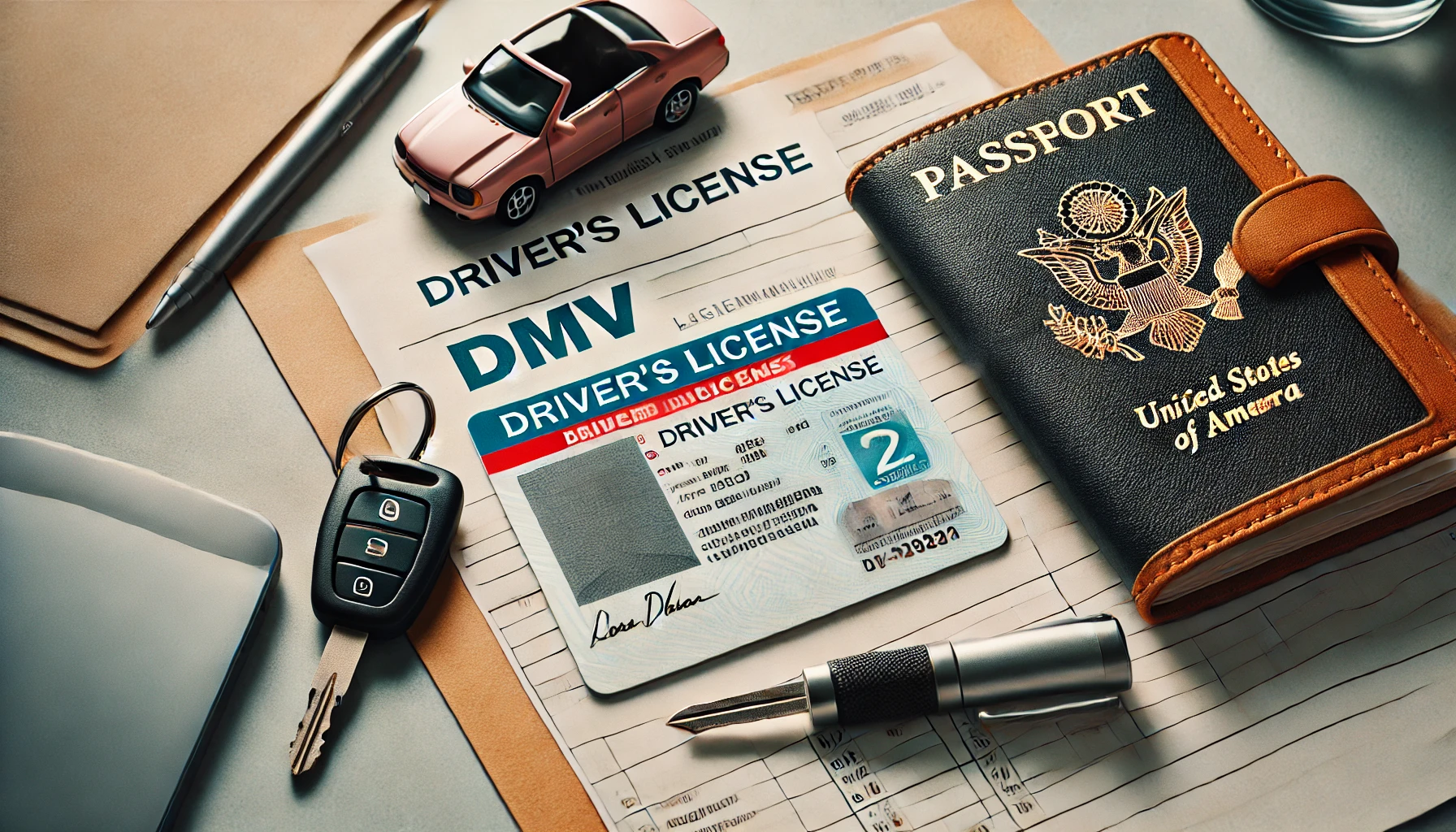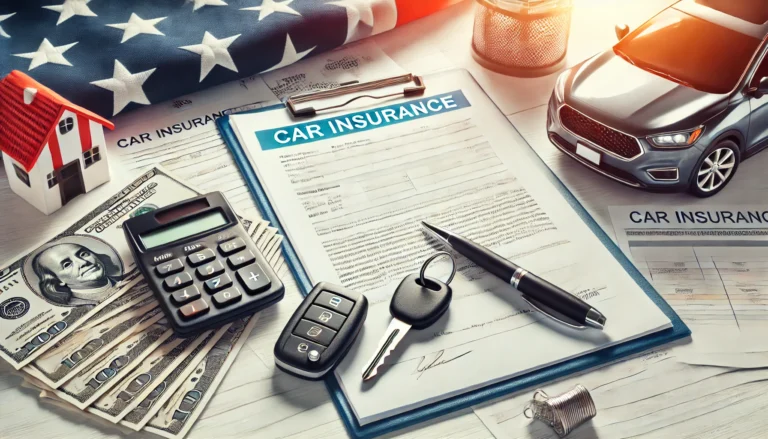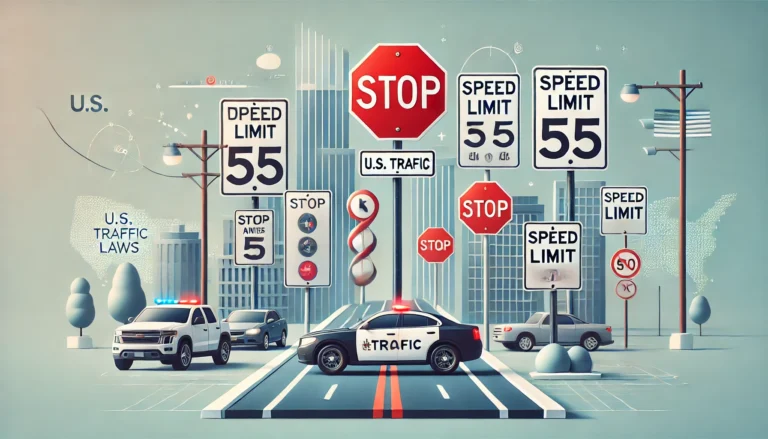How to Obtain Your Drivers License in the US A Step-by-Step Guide
Introduction
Obtaining a driver’s license in the U.S. is a milestone for many and is essential for mobility and convenience. Each state has specific requirements, but the general steps are similar across the country. Here’s a step-by-step guide to help you navigate the process.
Step 1: Determine Eligibility Requirements
Each state has its own eligibility criteria for a driver’s license, so check with your local Department of Motor Vehicles (DMV). Typically, you’ll need to:
- Be at least 16 years old (ages vary by state).
- Hold a learner’s permit for a specified period if you’re under 18.
- Complete a driver’s education course (often required for teens).
Step 2: Apply for a Learner’s Permit
A learner’s permit allows you to practice driving under supervision and is usually required for new drivers, particularly teenagers.
- Schedule an Appointment: Visit your local DMV to apply for the learner’s permit.
- Provide Identification: You’ll need documents like proof of identity, Social Security number, and residency.
- Take the Written Test: Study the driver’s manual to pass a written exam on traffic laws and road signs.
- Pass a Vision Test: A simple eye test ensures that your vision meets the minimum requirements.
Note: Some states also require a supervised number of hours of driving before applying for a full license.
Step 3: Practice Driving
After obtaining a learner’s permit, practice driving as much as possible.
- Supervised Driving: Most states require a specific number of supervised driving hours. The supervisor must usually be a licensed adult (often 21 or older).
- Practice Skills Test: Focus on essential driving skills such as parking, highway driving, and obeying traffic signs.
Step 4: Complete Driver’s Education (If Required)
Driver’s education courses are often mandatory for teenagers and may also reduce insurance rates.
- Enroll in an Approved Program: This course covers driving laws, safety tips, and vehicle maintenance.
- Classroom and Behind-the-Wheel Training: Most programs combine classroom education with hands-on practice.
Step 5: Schedule and Take the Road Test
Once you’ve met the practice requirements and feel confident in your driving skills, it’s time to take the road test.
- Schedule a Road Test Appointment: Appointments can often be made online through your state DMV.
- Bring Required Documents: These may include proof of supervised driving hours, your learner’s permit, and any other required forms.
- Vehicle Inspection: Ensure the car meets safety standards (e.g., working lights, brakes, etc.).
- Take the Test: During the test, you’ll be evaluated on maneuvers such as stopping, turning, parallel parking, and obeying road signs.
Step 6: Pass the Written and Road Tests
If you pass the test, congratulations! You’re ready to obtain your driver’s license.
- Pay Licensing Fees: Fees vary by state, and they cover the cost of processing and issuing your driver’s license.
- Receive a Temporary License: Most DMVs issue a temporary license until your official one is mailed.
- Obtain a Graduated License (If Under 18): For teen drivers, states often implement a graduated licensing system with restrictions, such as limited nighttime driving.
Step 7: Receive Your Driver’s License
After passing all required tests and paying applicable fees, you’ll receive your official driver’s license by mail.
Additional Tips
- Study the Driver’s Handbook: Each state publishes a driver’s manual; it’s the best study material for passing both the written and road tests.
- Practice Defensive Driving: Learning to drive defensively is a valuable skill for passing the test and staying safe on the road.
- Know Your State’s Requirements: Since each state has slightly different rules, verify specifics on your state DMV’s website.
Conclusion
Obtaining a driver’s license is an essential step towards independence in the U.S. By following these steps and practicing safe driving, you’ll be well-prepared for your test and responsibilities as a new driver.







